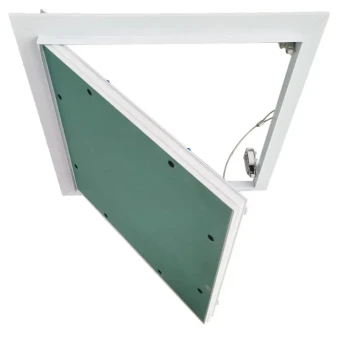Nov . 15, 2024 04:41 Back to list
mineral fibre board insulation
Mineral Fibre Board Insulation An In-Depth Look
In the realm of building materials, insulation plays a critical role in ensuring a structure's energy efficiency, comfort, and safety. Among the various types of insulation available, mineral fibre board insulation has gained prominence due to its exceptional thermal and acoustic properties. This article aims to delve into the characteristics, benefits, applications, and installation of mineral fibre board insulation.
What is Mineral Fibre Board Insulation?
Mineral fibre board insulation is made from natural minerals, often rock or glass, which are melted and then spun into thin fibres. These fibres are then compressed into rigid boards, creating a dense material that serves as a highly effective insulator. The unique structure of mineral fibres provides excellent thermal resistance, making it a preferred choice for insulating buildings, pipelines, and other industrial applications.
Properties and Benefits
1. Thermal Performance One of the primary advantages of mineral fibre board insulation is its impressive thermal performance. These boards have a high R-value, which measures the insulation's resistance to heat flow. This feature helps maintain stable indoor temperatures, reducing the energy required for heating and cooling, and thereby lowering utility bills.
2. Acoustic Benefits In addition to thermal insulation, mineral fibre boards excel in soundproofing. Their dense composition and fibrous structure help absorb sound waves, making them ideal for use in commercial buildings, schools, and any environment where noise reduction is important. This property can enhance comfort and improve productivity in workplaces and homes alike.
3. Fire Resistance Safety is a paramount consideration in building materials. Mineral fibre board insulation is inherently non-combustible, offering excellent fire resistance. It can withstand high temperatures without releasing toxic fumes, making it an ideal choice for buildings that require stringent fire safety standards.
4. Moisture Resistance These boards also resist moisture, which is crucial in preventing mold and mildew growth. The fibrous structure allows them to breathe, reducing the risk of moisture buildup and the associated problems. However, it is important to ensure proper installation to maximize this benefit.
5. Sustainability Many manufacturers produce mineral fibre boards from recycled materials, contributing to a more sustainable building environment. Additionally, their energy-saving properties help reduce carbon footprints over the life cycle of a building.
Applications
mineral fibre board insulation

Mineral fibre board insulation is versatile and can be used in various applications, including
- Residential Buildings Used in walls, roofs, and floors to enhance energy efficiency and comfort. - Commercial Structures Ideal for office buildings, hospitals, and schools where thermal and acoustic insulation is essential. - Industrial Insulation Often utilized in factories and production facilities, particularly in pipe insulation and HVAC systems, where temperature control and fire resistance are critical.
Installation Process
Installing mineral fibre board insulation requires careful planning and execution. Here are the general steps involved
1. Preparation Before installation, assess the area to determine the required board size and thickness. Ensure the surfaces are clean and dry.
2. Cutting Use a sharp utility knife to cut the boards to the desired size. Precise cuts allow for a snug fit, reducing gaps that can compromise insulation performance.
3. Placement Position the boards in the desired locations, such as walls or ceilings. Ensure that the boards fit tightly against each other and against structural components to minimize thermal bridging.
4. Sealing Use appropriate sealants or tapes to close any gaps and joints between boards. This step is crucial for maximizing thermal performance and preventing air leaks.
5. Finishing After installation, cover the boards with drywall or another finishing material as required. This step not only enhances the aesthetic appeal but also provides additional fire resistance.
Conclusion
In summary, mineral fibre board insulation stands out as a reliable, high-performance solution for various insulation needs. Its thermal efficiency, acoustic properties, fire resistance, and sustainability make it an excellent choice for both residential and commercial applications. As building codes continue to evolve and energy efficiency becomes increasingly important, mineral fibre board insulation is likely to play a vital role in creating comfortable, safe, and sustainable environments. Choosing the right insulation can significantly impact energy consumption and overall building performance, making it a crucial consideration for architects, builders, and homeowners alike.
-
Quality Ceiling Trap Doors & Access Panels | Easy & Secure AccessNewsAug.30,2025
-
Durable Ceiling T Grid Systems | Easy InstallationNewsAug.29,2025
-
PVC Gypsum Ceiling: Durable, Laminated Tiles for Modern SpacesNewsAug.28,2025
-
Pvc Gypsum Ceiling Is DurableNewsAug.21,2025
-
Mineral Fiber Board Is DurableNewsAug.21,2025
-
Ceiling Tile Clip Reusable DesignNewsAug.21,2025







